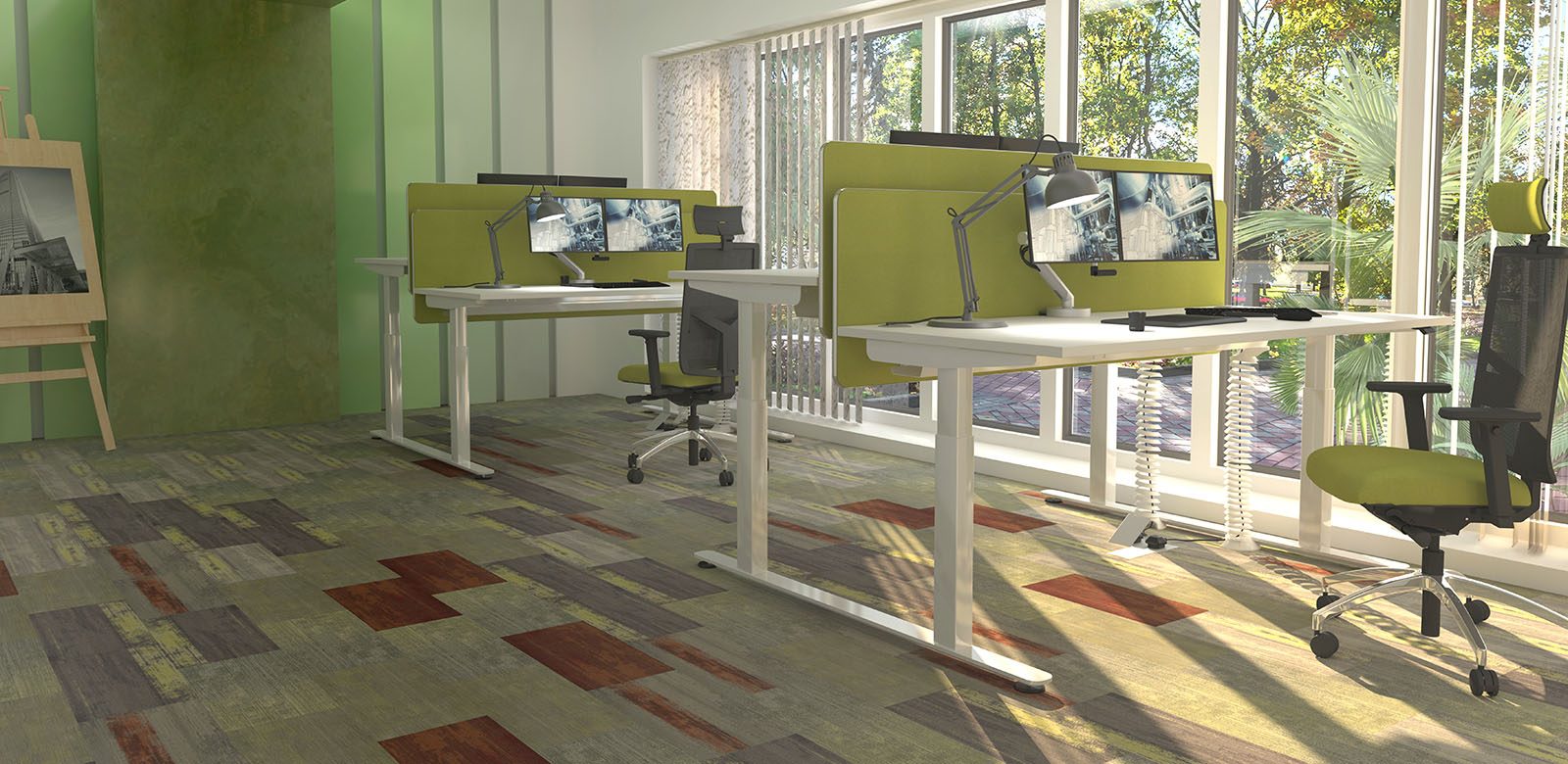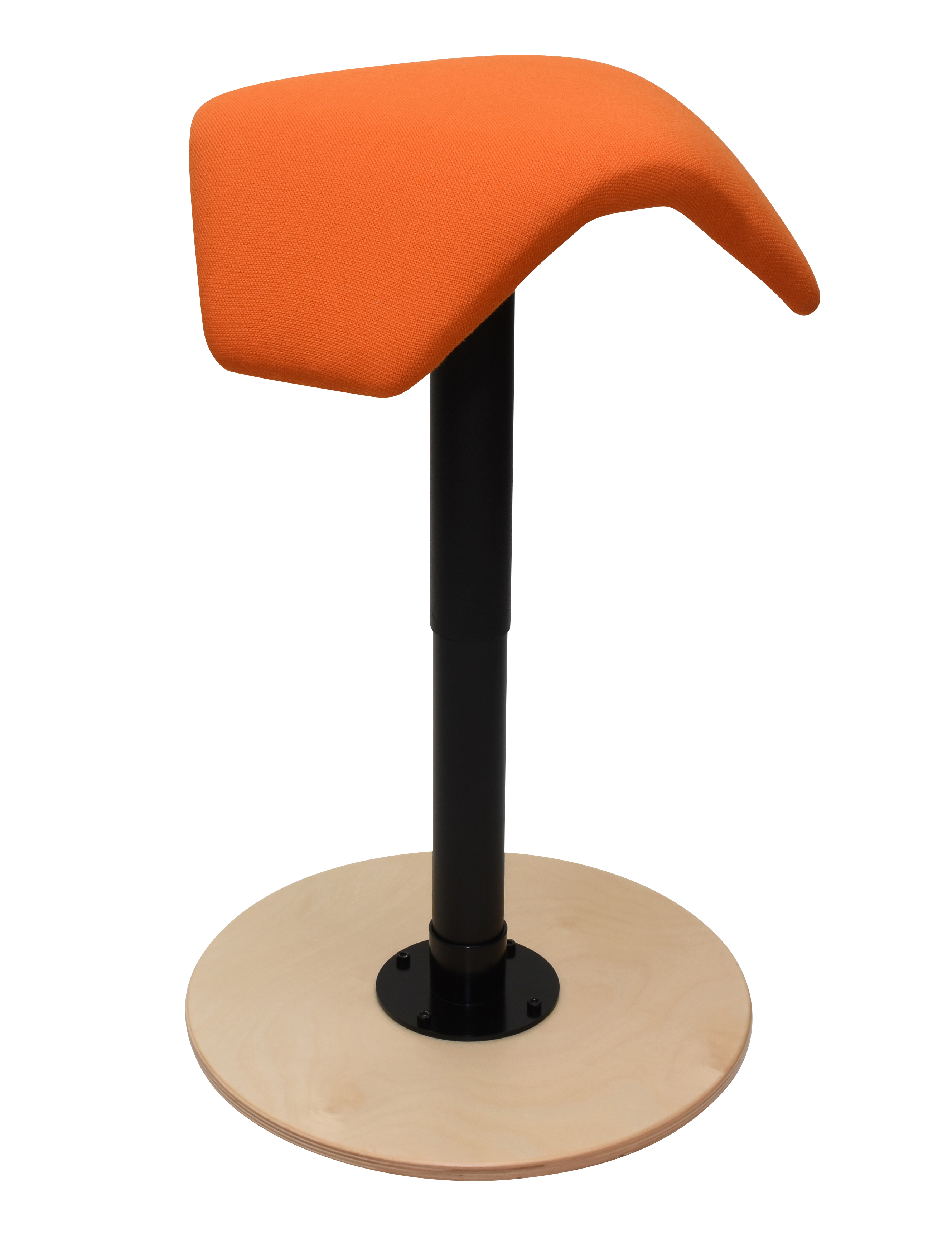The primary objective of workplace design must be to support the activities of the people and organisation within it. The overall office environment directly influences personal comfort, health, performance, and productivity.
The Chartered Institute of Personnel and Development (CIPD)’s 2021 survey, conducted in partnership with Simply Health, showed that 75% of the 668 HR professionals spanning the private, public, and voluntary sectors, believe that senior leaders have employee wellbeing on their agenda. This is an increase of 14% from the previous year’s study.
Aside from issues related to the pandemic, interior design and product choice have a significant impact on wellbeing as well as offering corporate benefits in relation to recruitment and employee satisfaction securing greater loyalty and retention.
Indoor air quality is of vital importance. Research has shown that indoor air quality has a demonstrable effect on cognitive function. Materials and finishes within office interiors can contain a mixture of many chemicals potentially leading to harmful exposure. Volatile Organic Compounds (VOCs) are emitted as gases by a wide array of products with concentrations up to ten times higher indoors than outdoors.
Products within Lee & Plumpton’s portfolio are all manufactured with consideration to wellbeing. Wood finishes, for example, are E1 standard and any glues are water-based with no harmful effects.

The importance of ergonomic design relating to desks and seating is widely understood. The Health and Safety Executive offers published guidance on complying with the Health and Safety (Display Screen Equipment) Regulations 1992. It explains what employers may need to do to protect their employees from any risks associated with display screen equipment (DSE), i.e. computers and laptops.
Office ergonomics — including correct chair height, adequate equipment spacing, and good desk posture — help employees stay safe and comfortable at work. There are efficiency and productivity benefits too.
Lee & Plumpton’s desk, workstation, and task chair options are designed according to the relevant British Standards for ergonomic furniture. Strength and durability are also key features – important considerations in busy office environments. With the increase in flexible working arrangements, ergonomic seating needs to include a variety of different mechanisms to match each user’s particular needs and be sufficiently robust to handle regular readjustments.
Prolonged periods of sitting should be avoided. According to Get Britain Standing, a campaign to increase awareness and education of the dangers of sedentary working and prolonged sitting times, people sit for an average of 8.9 hours each day. When standing, we automatically shift our weight and move around. This helps prevent repetitive stress and degeneration that is caused by sitting.
The use of sit-stand desks and raised height meeting tables has been proven to improve productivity, concentration, and increase creativity. Options, such as the InMotion range of sit/stand workstations as well as Planar, Sled and Elect meeting collaboration tables, provide alternative working spaces.

The Liiku Joy stool offers combined benefits – the chance to shift your weight and move whilst seated! Ideal for use with sit/stand desking, the stool is specifically designed to offer health benefits.
A workspace will only be productive and responsive to need if it is safe and comfortable. Lee & Plumpton is committed to developing solutions that meet the wide-ranging requirements within the office incorporating practical functionality with wellbeing benefits too.

 01953 453830
01953 453830